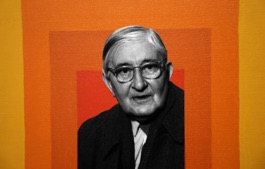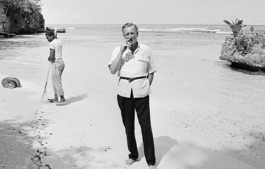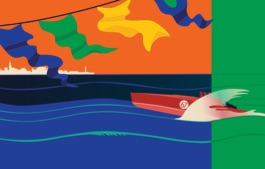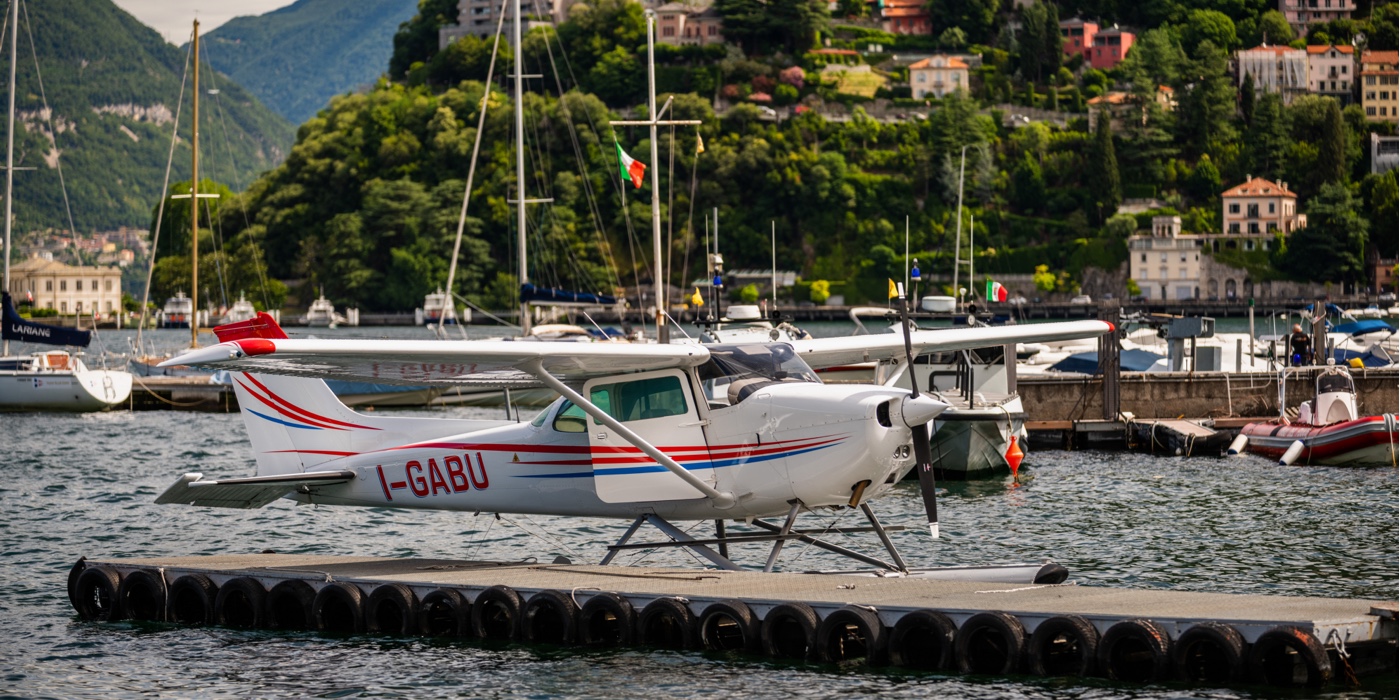
Flying High
The sky’s the limit at the world’s oldest seaplane flight school, located on Italy’s famed Lake ComoIt’s a sunny afternoon in late July on Italy’s fabled Lake Como. Small waves are lapping at the shore, a wooden Riva pleasure boat putters along the water, and the town is abuzz with the news that everyone’s favorite local resident, George Clooney, arrived yesterday at his home in Laglio. In the distance, there’s a faint whirring that grows louder as a seaplane dips into the horizon. Though it weighs over a ton, it glides down gracefully, splashes into the water, and taxis toward its home—a weathered hangar emblazoned with the words: AERO CLUB COMO. An attendant, toting a long wooden stick punctuated with a rusty hook, grips onto one of the supporting beams under the plane’s wing and guides the amphibious vessel into its docking. A school of minnows scuttles out of the way.
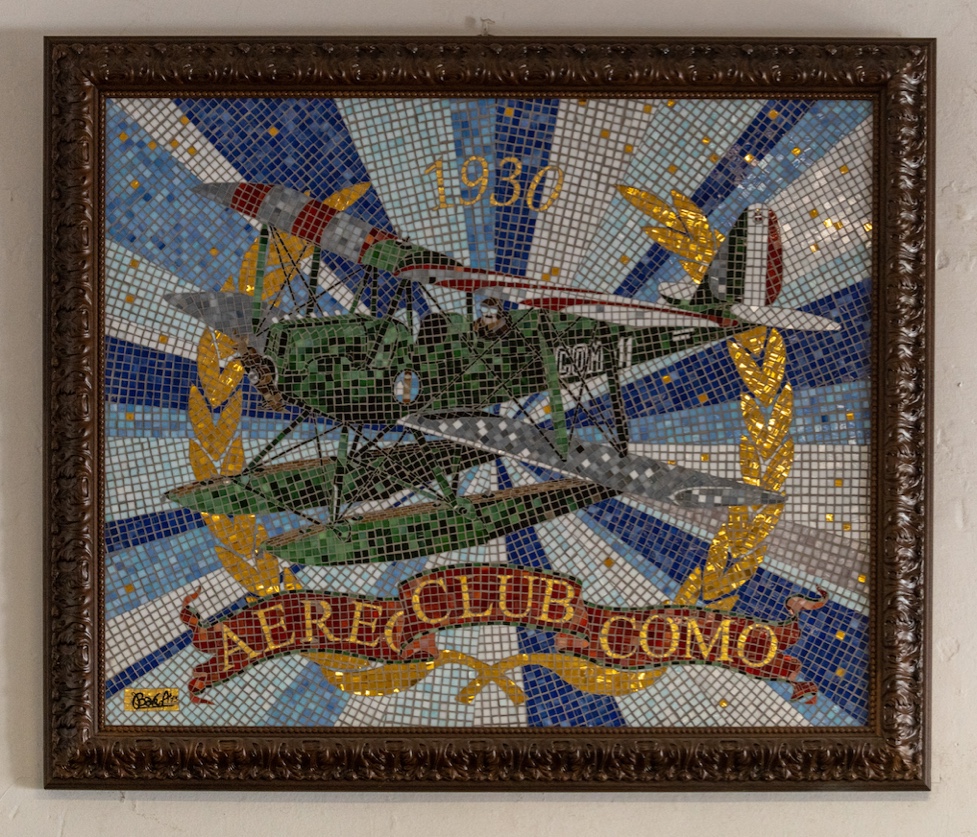
Airborne pursuits like these happen every day at the Aero Club Como. The hangar and accompanying sundeck, where spouses are known to look on nervously as their partners soar across the sky, is positioned at the base of the lake, and sits within a small complex also occupied by the Yacht Club Como and the Società Canottieri Lario “G. Sinigaglia,” for rowers. Together, their members comprise a chummy community of those who enjoy all the merrymaking unique to this picture-perfect hideaway. Still, thanks to the longstanding history of flying on the lake, none turn more heads than the pilots who frequent the Aero Club.
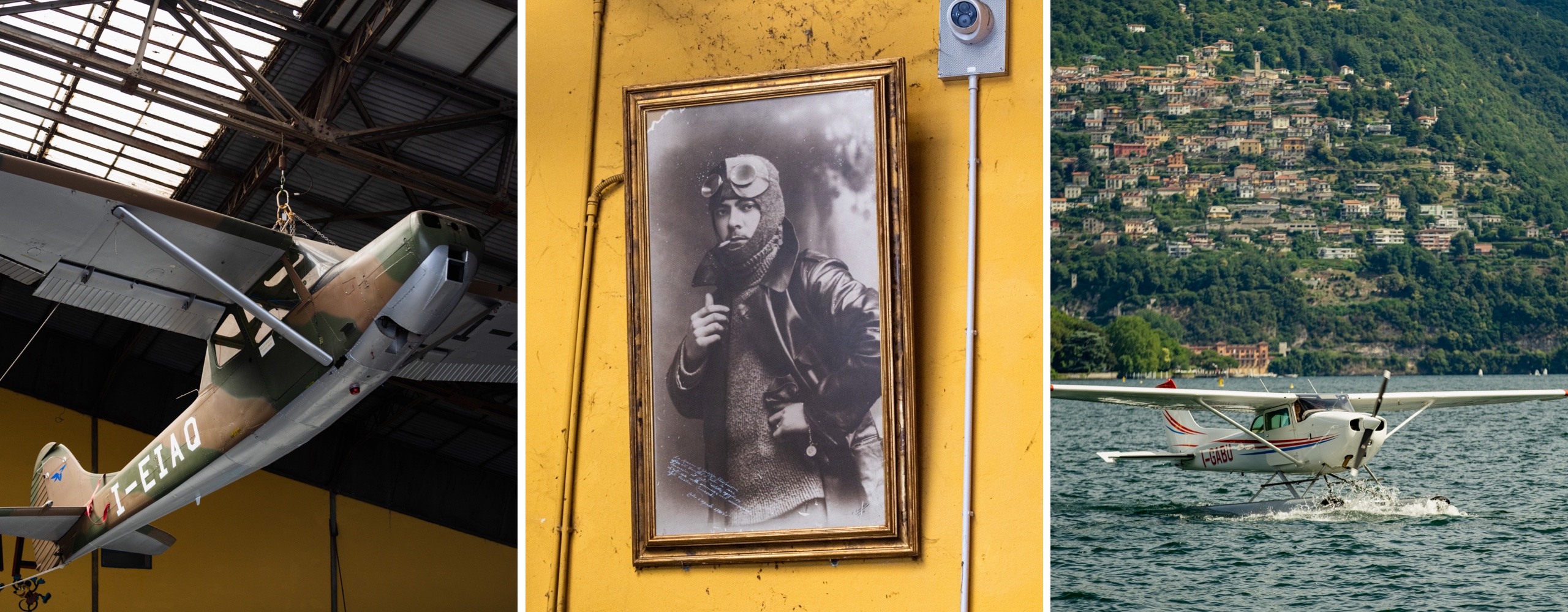
Seaplanes first captured the town’s interest in 1913, when the “Gran Premio dei Laghi” seaplane races were held and subsequently won by tennis legend, and accomplished air racer, Roland Garros. In 1930, the Aero Club Como opened its doors as a home for the growing audience of local seaplane enthusiasts. Since then, it has remained in continuous operation for 91 years. These days, the club’s members include licensed pilots from all over the world, and the 13 planes owned by the club can be checked out much like a library book. On offer is the 1966 Piper PA-18 Super Cub, in a striking shade of yellow with a contrasting black lightning bolt side panel detail, and a modern Cessna Skyhawk, a trusted steed for those in training.
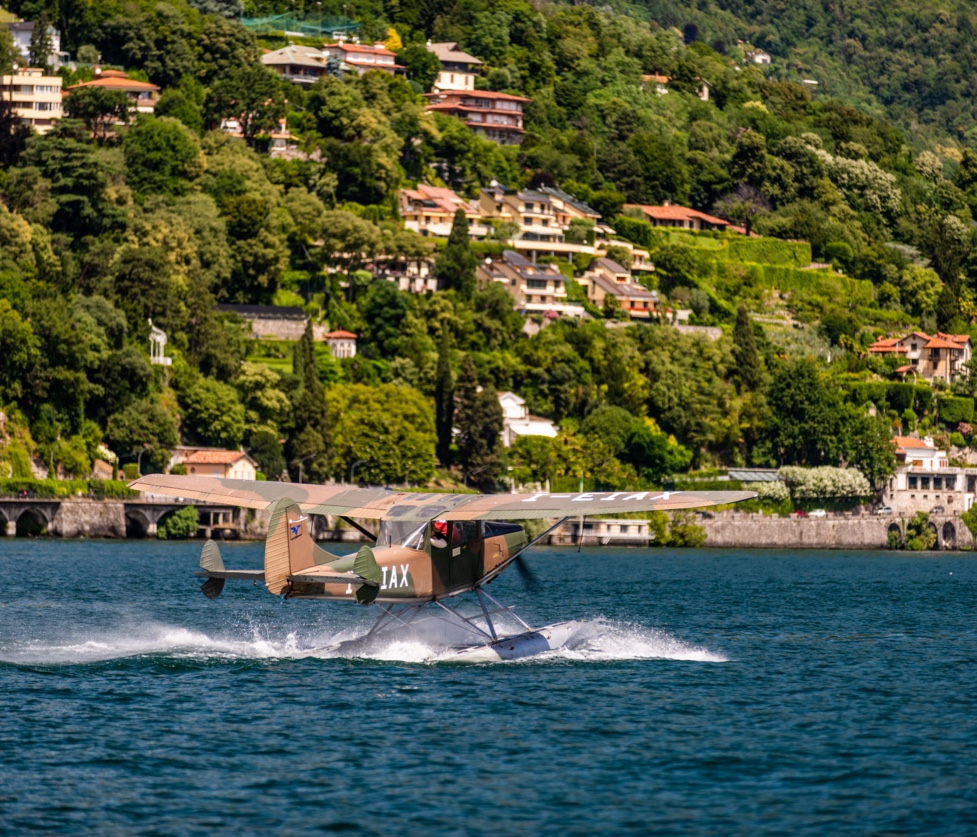
As for the club’s vice president, Cesare Baj, he usually takes out the camouflaged circa-1950 305A Bird Dog, an aircraft first used by the US Military in World War II. A native of Lake Como, he began flying at the age of 19. “One day, I entered the hangar I had always seen when I was passing by on my bicycle, and asked, ‘What are you doing here? What do you do with a seaplane?’” he recalled. “They immediately coached me, and I started flying and haven’t stopped.” Now, at 71 years old, he usually enjoys a high-flying excursion on a daily basis. “Traditional planes take you to the worst place in the world, which is the airport, but where you have water, you have the nicest places in the world,” he explained. “We go to Corsica, Sardinia, or the Greek islands, and when it is very hot, we land the aircraft and jump into the water from the wings.”
Inside the hangar, there’s a pungent smell of motor oil and a semicircle of plastic chairs faces toward the shore for optimal viewing. The concrete floor is speckled with lake water, and a weathered portrait of Italian aviator Giuseppe Ghislanzoni hangs above a classroom where new pilots learn the basics of flying a seaplane. Here, even accredited land pilots are required to complete five days of training before getting into the cockpit of a seaplane. Captaining a seaplane can be challenging for even the most experienced of pilots with unexpected winds coming over the surrounding Alps, short and ever-shifting runways, and, of course, temperamental waters.
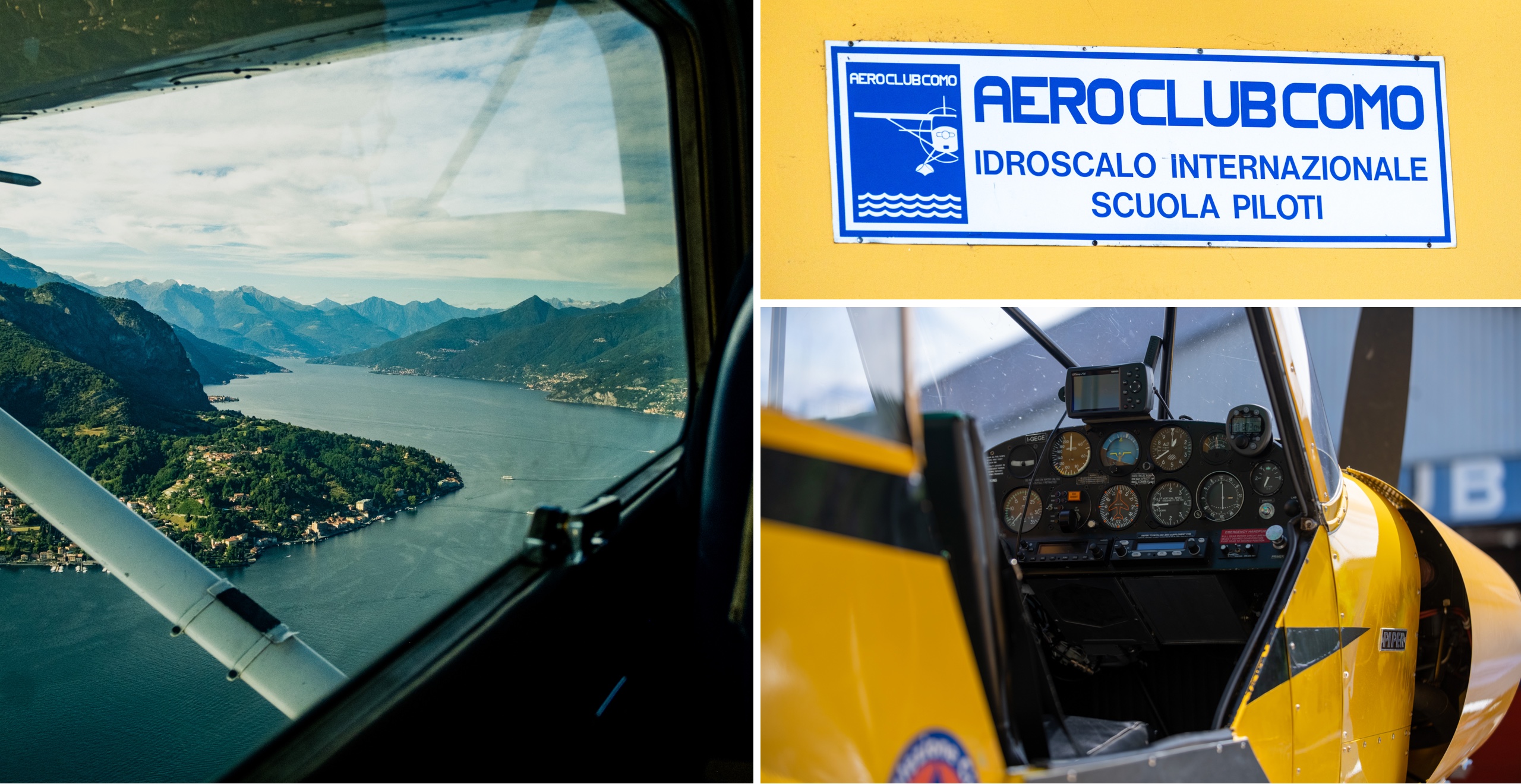
“That was absolutely remarkable,” said one commercial pilot visiting from Rome, through stifled tears following his flight. “I feel like a kid again.” Seeing Lake Como from above does, indeed, elicit a moment of pure, childlike joy. Its 100 miles of shoreline are dotted with private palazzos and grand hotels with their tennis courts and cerulean swimming pools, all nestled along thin, snaking roadways, sometimes covered by forests of cypress trees. They blend seamlessly into the sheer mountain faces, which, at their peaks, give way to a panorama of wide-open sky.
It’s a feeling known well to all flying aficionados, including Francesco Cereda and Gabriele Ermecini, instructors for the club who, in addition to having a combined 26,700 flying hours to their credit, are also recognized for their unorthodox teaching methods (such as blindfolding pilots as a final test for those nearing the end of their training period). “I always say that flying is the longest relationship I’ve had in my life, because when I started, I said it was only temporary, but I fell in love with it,” Ermecini says. “When I stay away from the planes, from the water, from the sky, something is missing in me. I feel at home in the air, it’s really a part of me.”
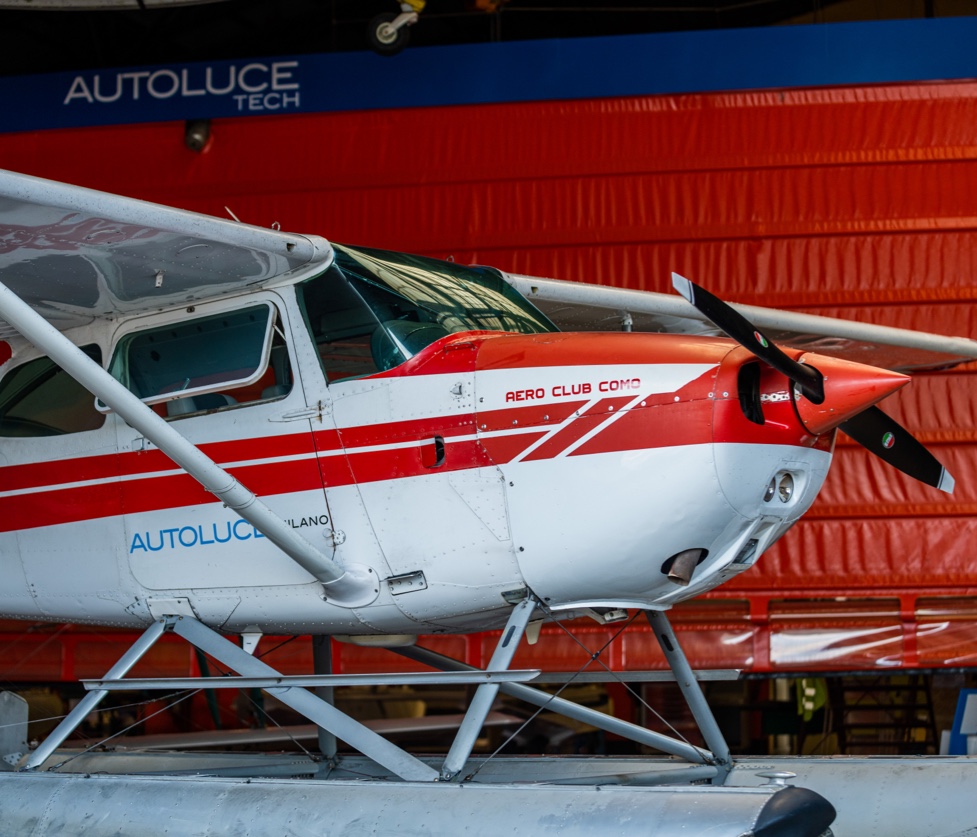
- Images courtesy of Chase Winfrey




